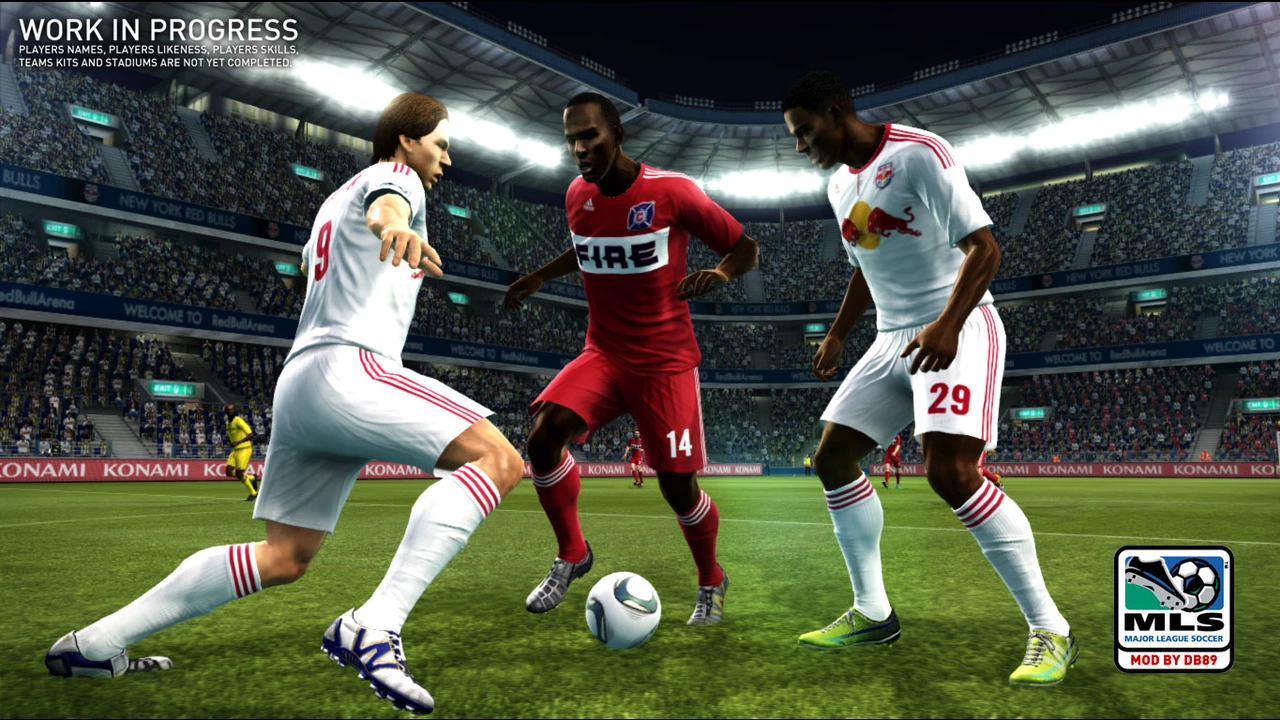Soccer League Operation: How to Run a Non‑League Football League
If you’ve ever asked why a local league seems chaotic, the answer is usually simple – the operation basics are missing. Running a non‑league soccer league doesn’t require a giant office, just clear steps and people who care. Below you’ll find the core tasks you need to master, from setting the schedule to keeping the books balanced.
Setting Up Fixtures and Calendar
The first thing you do is draw up a fixture list. Use a free spreadsheet or a basic league software to enter each club, their home ground, and preferred match days. Ask every team for at least two days they can host games and two they can travel, then slot matches to avoid clashes with local events. Once the calendar is ready, publish it on your website or a community Facebook page so everyone can see it at a glance.
Don’t forget to build in breaks for cup competitions and weather postponements. A simple rule – reserve the last Saturday of each month for possible rescheduling – saves a lot of last‑minute scrambling.
Finance and Sponsorship
Money is the lifeblood of any league. Start by setting a modest entry fee that covers pitch hire, referees, and basic admin costs. Keep a transparent ledger: record every incoming fee, sponsorship cheque, and outgoing expense. If you’re not comfortable with numbers, enlist a volunteer with a knack for accounting.
Sponsors love community exposure. Offer a local business their logo on match programmes, the league website, or the goalpost banners. In return you get a cash boost or equipment donations – a win‑win that keeps the league afloat.
Another cheap trick is a fundraising night at the clubhouse. Food stalls, a raffle, or a small tournament can quickly add up, especially when families are already there for a match.
Volunteer management is just as critical as finances. A league runs on people willing to pitch in – referees, line‑judges, scorekeepers, and a secretary to handle paperwork. Create a short sign‑up form and rotate duties so no one feels stuck with the same task every week.
Ground standards often trip up new clubs. Make sure each venue meets basic safety rules: proper lighting, secure fencing, and a clean playing surface. Do a quick walk‑through before the season starts and note any upgrades needed. Small improvements, like better drainage or a set of permanent goalposts, go a long way in preventing match cancellations.
Communication is the glue that holds everything together. Use a group chat or email list to send reminders about upcoming matches, rule changes, or weather alerts. A short, friendly message the night before a game cuts down on no‑shows.
Finally, keep the spirit alive. Celebrate the top scorer, the most improved club, or even the volunteer of the month. Simple shout‑outs at the end of the season create pride and encourage people to stay involved.
Running a soccer league isn’t rocket science; it’s about clear planning, honest money handling, and community spirit. Follow these steps and you’ll see smoother fixtures, happier clubs, and a league that lasts year after year.
Posted by
Caspian O'Reilly
0 Comments

Alright, fellas, let's dive into the thrilling world of two-stage soccer leagues. It's like your regular league, but with an exciting plot twist! So, first things first, all teams compete against each other in a round-robin format - they all get a taste of each other's skills. Then, hold onto your hats, because the second stage is where it gets real! The teams are typically split into two groups, based on their performance. Imagine it as the 'soccer version' of separating the wheat from the chaff! The top teams fight for the title, while the others battle to avoid relegation. It's a rollercoaster of football drama, folks!
read more